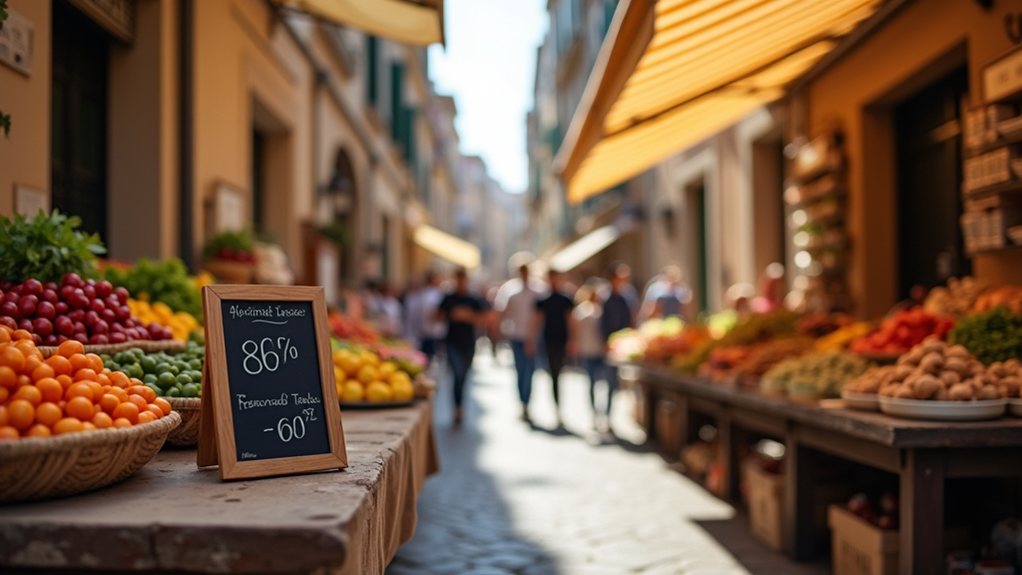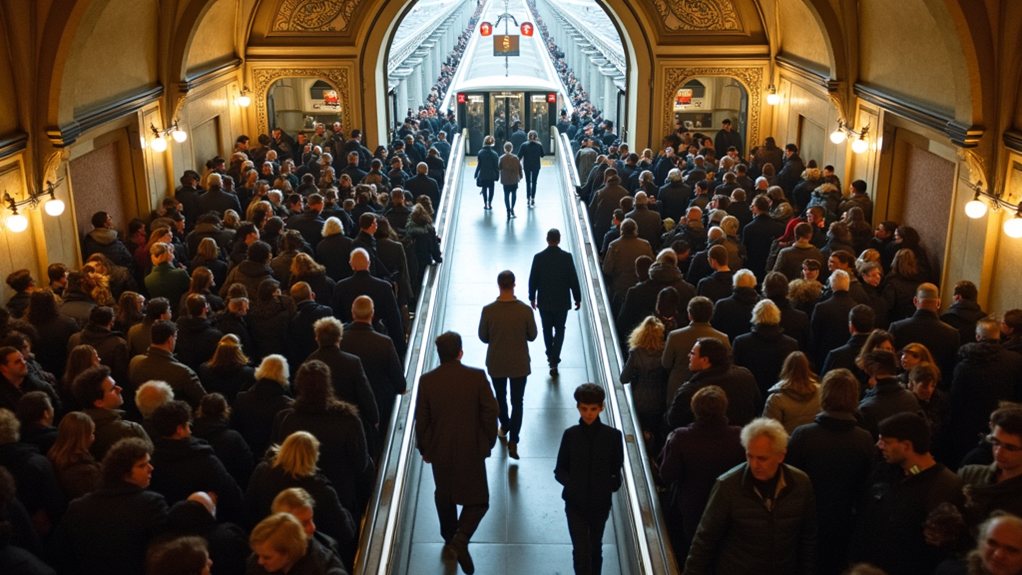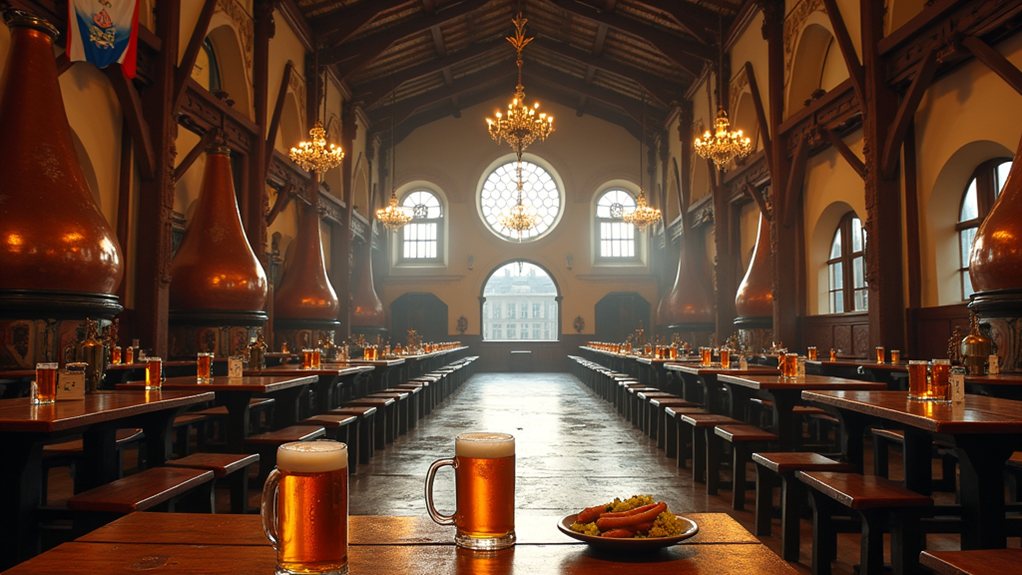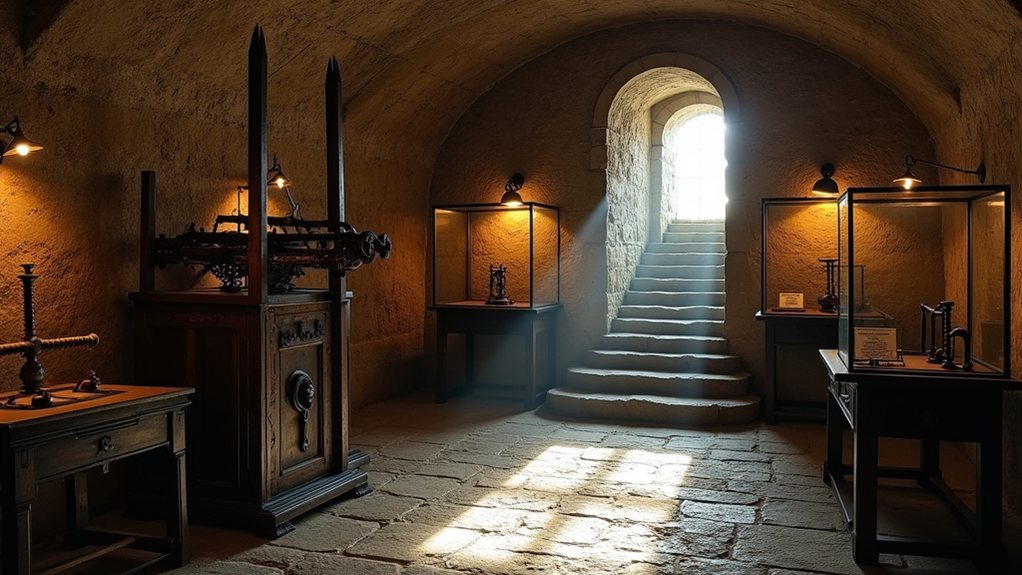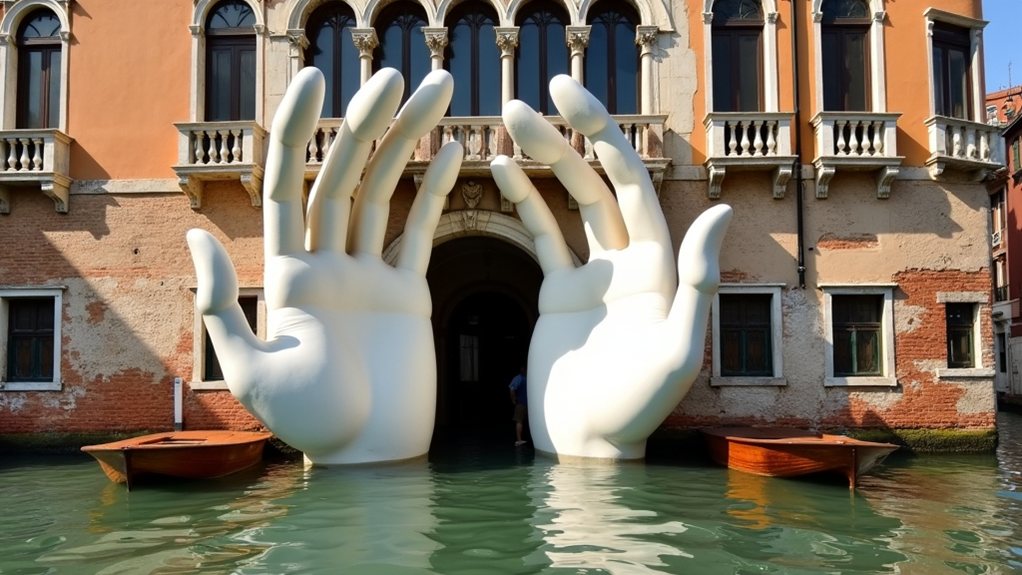Most travelers don’t realize that European market vendors often operate without visible price tags, a practice that can leave tourists paying double what locals do. Rick Steves, America’s trusted travel guru, warns that this two-tier pricing system thrives in places like Istanbul’s Grand Bazaar and Barcelona’s La Boqueria, where merchants size up customers in moments. Without knowing the local pricing norms, visitors risk becoming walking wallets rather than savvy shoppers—but there’s a simple technique that changes everything.
The Hidden Price Tag: Navigating European Markets
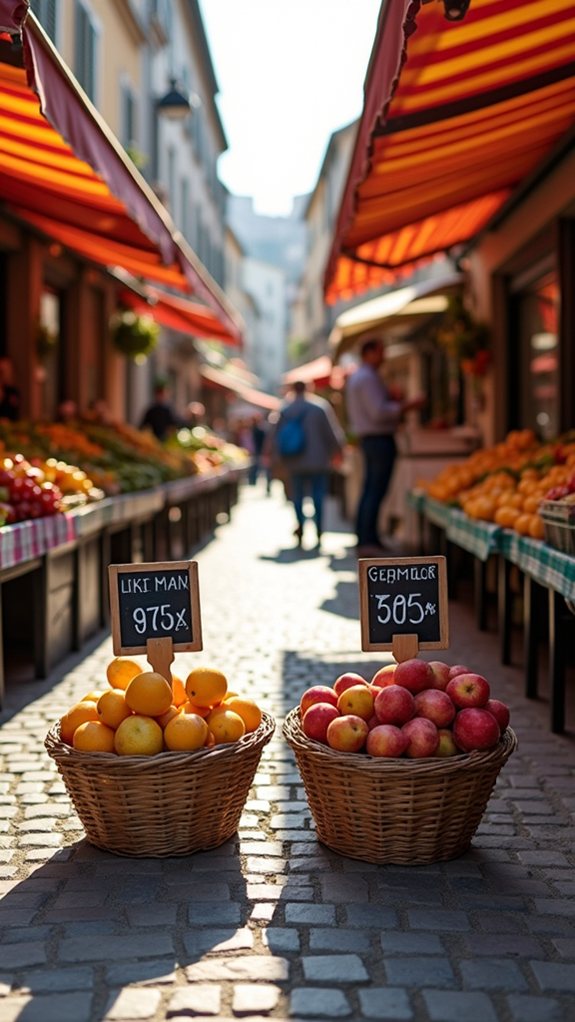
While wandering through the vibrant markets of Europe might seem like a picture-perfect travel experience, unwary tourists often find themselves paying considerably more than locals for the same goods. Travel expert Rick Steves cautions that European markets without posted prices present a particular challenge, often resulting in two-tier pricing systems that favor locals over visitors. The absence of clearly marked prices creates an environment where vendors can assess a customer’s familiarity with local customs and adjust charges accordingly.
Smart travelers are advised to comparison shop at different stalls before making purchases, a practice that not only guarantees fairer pricing but also provides insight into regional market norms. When traversing these colorful bazaars, point to items rather than handling them—a cultural faux pas that immediately marks one as an outsider. Understanding these subtle etiquette rules helps tourists blend in and potentially secure better deals. During these uncertain times, many travelers are practicing their bargaining skills at home by charging for refills in a playful way to recreate travel experiences.
The pricing concerns extend beyond markets into diverse aspects of European travel. For instance, currency exchange bureaus that don’t transparently display both buying and selling rates often conceal poor exchange terms. Savvy travelers instead rely on bank ATMs, making fewer, larger withdrawals to minimize transaction fees while using money belts to secure their cash. Wearing a money belt is essential for preventing theft and protecting your vacation funds from pickpockets who often target obvious tourists. When navigating London specifically, Steves strongly recommends using an Oyster card for the most cost-effective access to the city’s comprehensive public transportation network.
Dining presents another opportunity for savings through local knowledge. Eating at the bar, rather than sitting at a table, can notably reduce costs in many European establishments. Likewise, requesting tap water instead of defaulting to expensive bottled options saves both money and plastic waste. Seasonal eating not only improves flavor but typically costs less, as restaurants price abundant local ingredients more reasonably. Travelers can discover authentic markets by observing where locals shop and avoiding areas overwhelmed with tourist souvenirs.
Visiting during the off-season, between October and April, dramatically reduces expenses across accommodations, attractions, and transportation. Day passes for public transit often prove more economical than individual tickets, particularly when exploring city centers from airports via convenient public connections.

